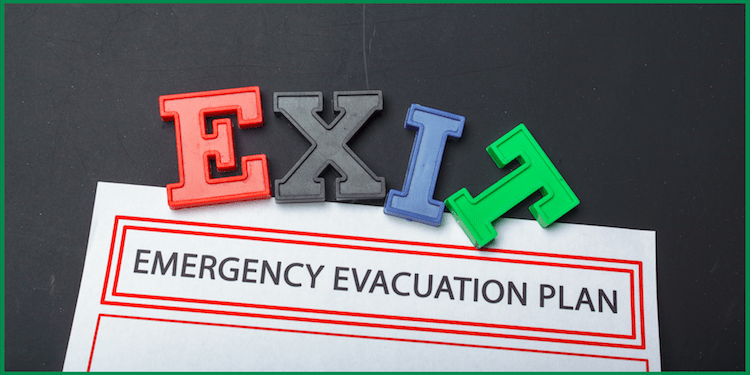Setting up a fire and emergency evacuation plan for your home and family is not tedious and challenging as it may seem. A home fire can spread quickly and leave little time for a getaway.
A ready-to-go fire and/or emergency evacuation plan will reduce the risks and challenges during a fire emergency.
This article discusses how to design an emergency escape plan, conduct and practice a fire evacuation drill with family members, and implement child(ren) fire safety at home.
Design a Home Fire Evacuation Plan
- Design and draw a floor plan for each floor of your home. Find at least two ways out from the rooms, e.g., window and door.
- Designate someone to get the babies safely, young children, or family members who may need extra help. Have a backup plan for the designated person.
- Choose a safe meeting place for the family. Ensure it is a safe distance away from home entrances.
Educate Family Members on Fire Escape
- Enlighten family members on evacuation. Inform members where to meet for head counts and what to do in a fire emergency.
- Checkups on smoke alarm systems and educate family members on the sounding of the alarm.
- Demonstrate to family members how to evacuate a burning house, e.g., Using the back of a hand to check for heat on doors. Locate a less smoky air route, stay low, and crawl out.
- Educate family members to use steps and not elevators during fire emergencies. Teach how to make use of an escape ladder.
Practice a Home Fire Evacuation Drill
- Conduct a fire escape drill to ensure family members understand the objective and goal. Practice both day and night for effective results.
- Make use of a stopwatch for timing. Practice until every family member can assemble at the designated meeting place in under 3mins.
Children Fire Safety
- Design a plan for children that are unable to evacuate by themselves. Discuss who will help each child get out safely in a planned scenario.
- Educate children on the smoke alarm system and what to do when the alarm sounds off.
- Enlighten children not to return inside a burning house even if they forgot their precious toys.
- Demonstrate to children how to evacuate a burning house if possible. Stay away from fire and smoke, stay low, and crawl out immediately.
- Educate children on using the back of their hands to check the doors for heat before opening and advise using a different exit if the door is hot.
- Teach children to utilize the steps, not the elevators, during a fire emergency. Teach the use of fire escape ladders if available.
Do you enjoy this reading? Kindly share with family, friends, and colleagues. Thanks 🙂



